
With a little more than an hour drive east from Panama City you can visit Florida’s largest river. Florida’s largest river is the Apalachicola River. You can get a great view of this river by visiting Torreya State Park. Torreya State Park has been called one of Florida’s most scenic places to visit. This park features 150 feet tall bluffs that rise up from the riverbank of the Apalachicola River. In the 1800’s, this river was a major mode of transportation and commerce by the use of steamboats. Hundreds of steamboats traveled up and down this river back then.
The Torreya State Park gets its name from the extremely rare and endangered Torreya tree. The Torreya tree has a history reaching back hundreds if not thousands of years. Scientists believe this tree is one of the oldest tree species on the earth. It is believed they once could be found all over North America. The Torreya tree is also called “Stinking cedar” because of the odor it gives off when cut or bruised. Even though it has such a strong odor, it was popular amongst the locals in the area in the 1800s. The locals used the Torreya trees for Christmas trees, fencing, shingles, and even fuel for the steamboats that traversed the Apalachicola River. Unfortunately, because it was so popular in its use it is almost extinct today. There are estimates there were once over 600,000 Torreya trees in the Apalachicola River Valley in the 1800s, but now there may only be 200 surviving today. There is even a local legend that Noah from the bible built his ark from Torreya wood although it is called gopher wood in the bible. Make sure you visit this park to view one of these ancient rare trees found only in this park.
The Torreya State Park is located at 2576 North East Torreya Park Rd, Bristol, FL 32321. It is an easy drive east on Hwy 20 to the small town of Bristol, then north about 11 miles. The cost to enter the park is $3.00 per vehicle. Torreya State Park opens at 8 a.m. and closes at sunset. It is open 7 days a week, 365 days a year. Pets are allowed as long as they are on a leash that does not exceed 6 feet.
Torreya State Park offers ample opportunities to hike, camp, picnic, and bird watch. It is stated that more than 100 different species of birds have been viewed in this park. Other wildlife has been spotted as well. Beaver, bobcat, wild hog, deer and something called the Barbours Map Turtle can be found in Torreya State Park.
Sitting atop the main scenic viewing area upon the bluffs overlooking the Apalachicola River sits the historic Gregory House. The Gregory House was a plantation home built around 1849 by a farmer named Jason Gregory. It was actually originally on the other side of the Apalachicola River. After the civil war, the plantation was abandoned. In 1935, the house was donated and moved to its current location in the park. Tours are given daily for this beautiful historical house. It has furnishings from around 1850. The tour times are 10 a.m. Eastern standard time on weekdays, 10 a.m., 2 p.m., and 4 p.m. Eastern standard time on Saturday, Sunday, and state holidays.
There are many very natural, beautiful, and rustic hiking trails throughout the park. This is a great way to get exercise and enjoy the splendor of nature. One trail near the Gregory House takes you past several civil war gun emplacement sites. These bluffs once housed large confederate cannons that would fire way down upon enemy steamboats floating up or down the Apalachicola River. Informational signs are provided along this stretch telling the rich history of the events that transpired on this very soil over 100 years ago. The trail then goes down to the bank of the Apalachicola River. The trail leads back to the Gregory House or you can continue on the seven-mile loop trail. There is another 6-mile trail that goes into the deep woods. There is another trail that leads to a weeping rock that becomes a small waterfall depending on recent rainfall. Overall, there are over 16 miles of hiking trails available.
You may not be able to hike all that in one day, so you may want to camp there. There are 29 camping sites available. The park also offers a year-round universal recreational tent called a YURT and a cracker cabin for rent. There are even primitive campsites that have to be hiked to if you are into that sort of thing.
Whether you are into hiking, camping, bird watching, or history you are sure to find Torreya State Park a worthy place to visit. So, come and see the rare Torreya tree and Florida’s largest river!
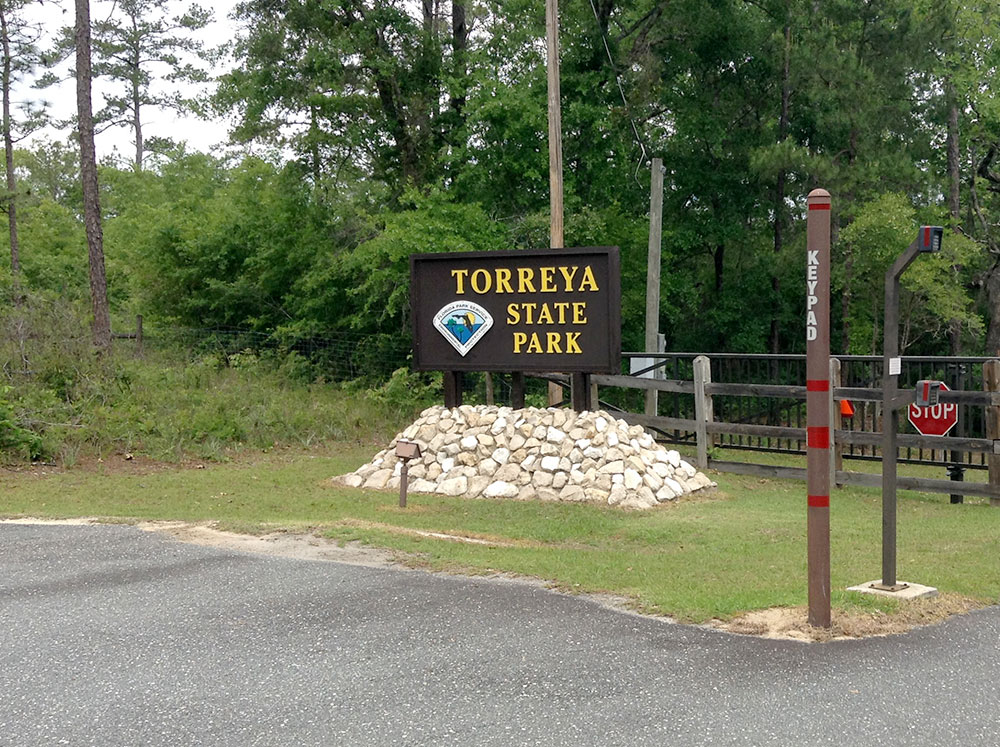
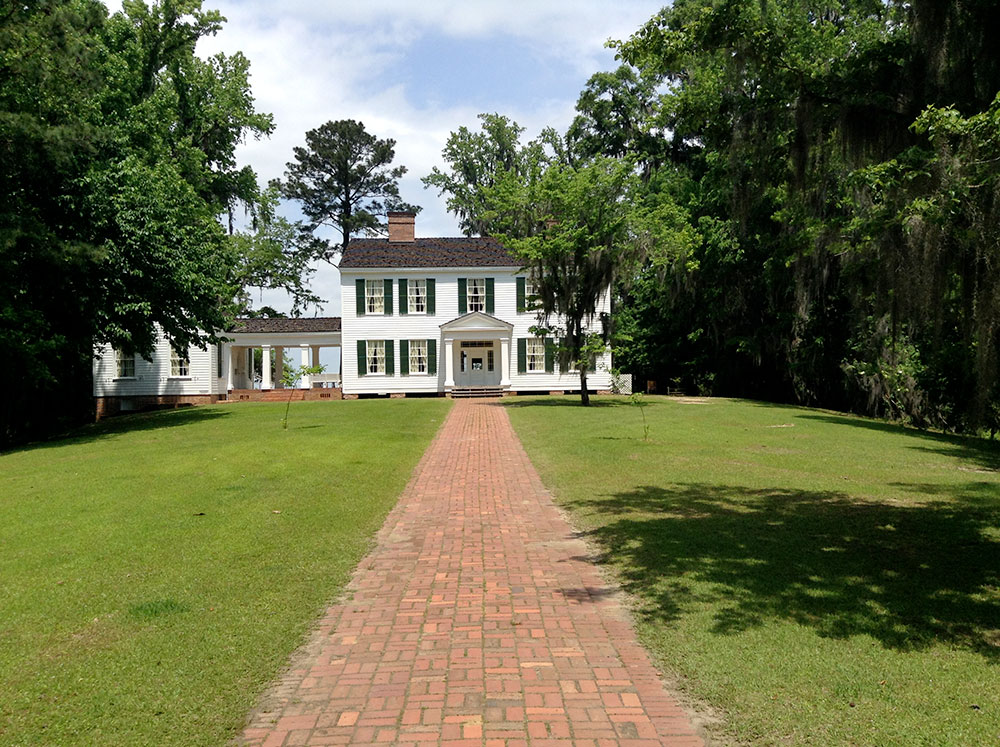
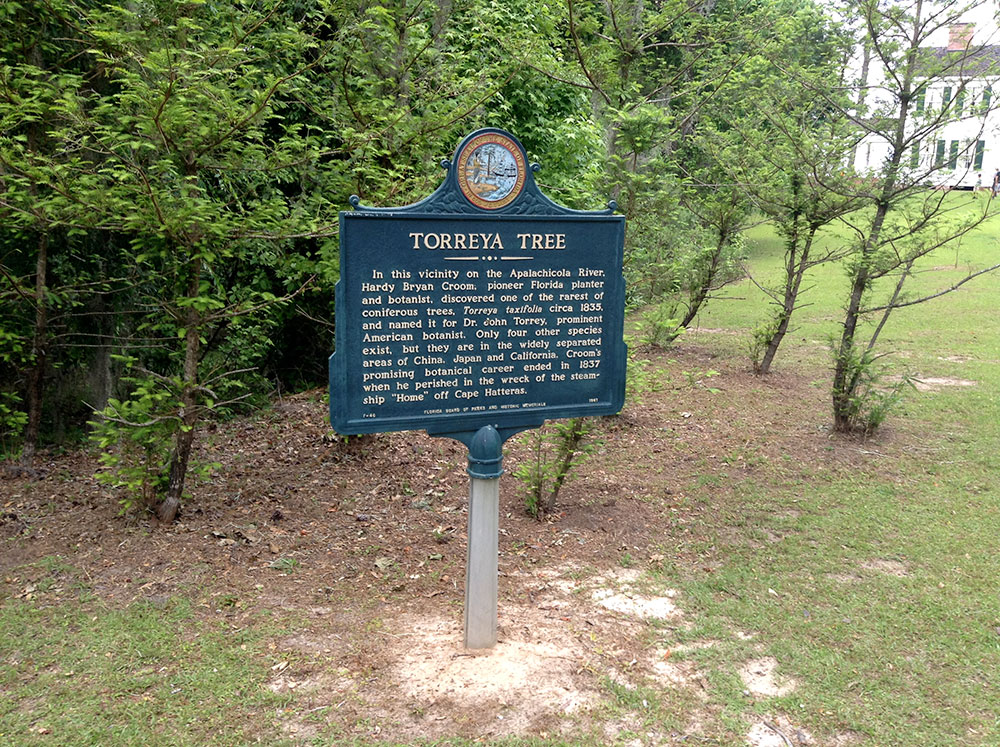
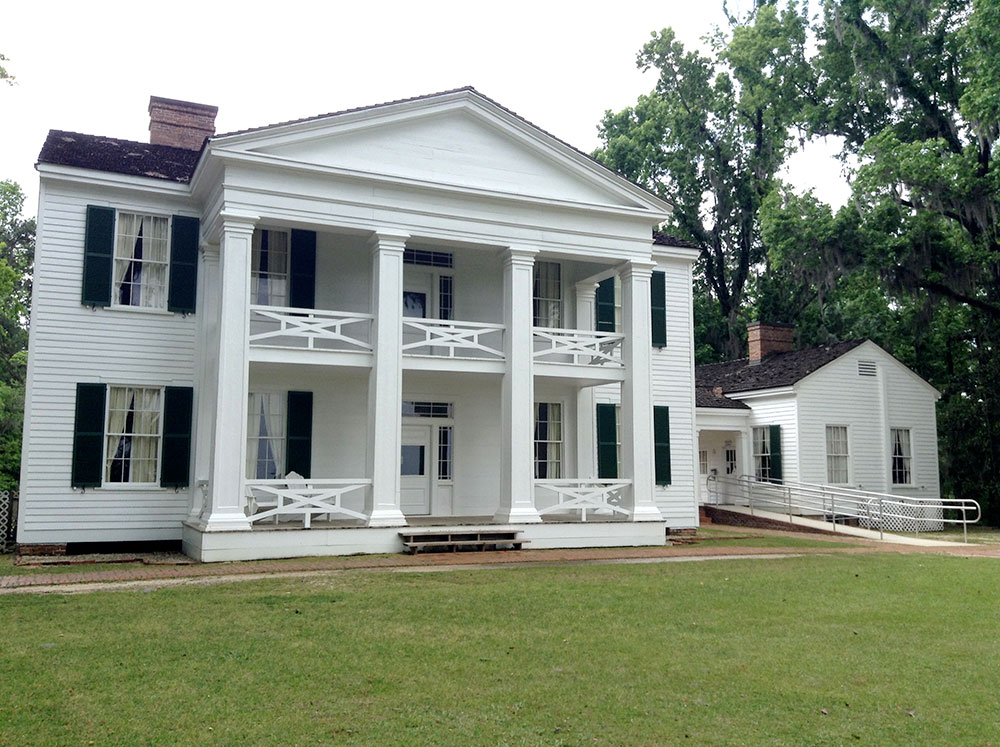
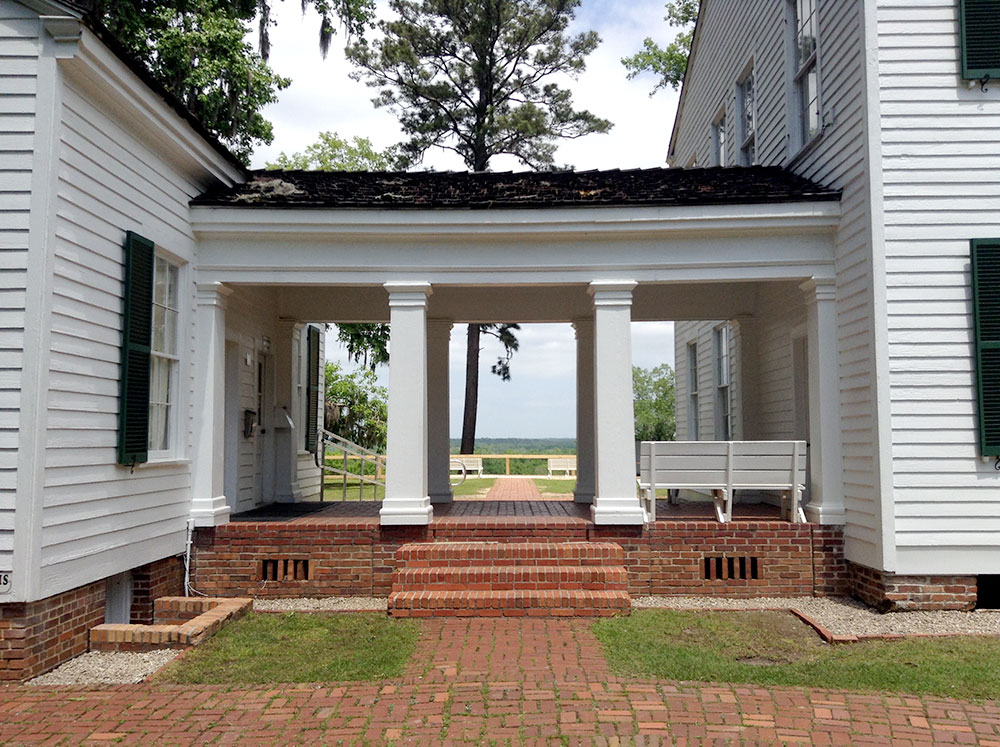
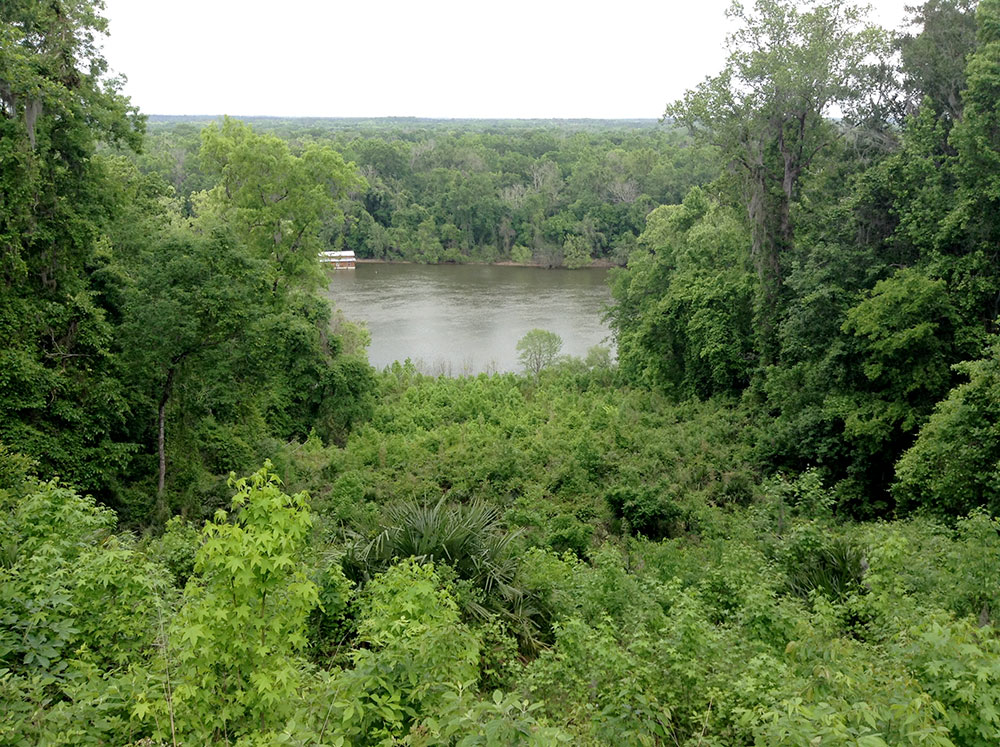
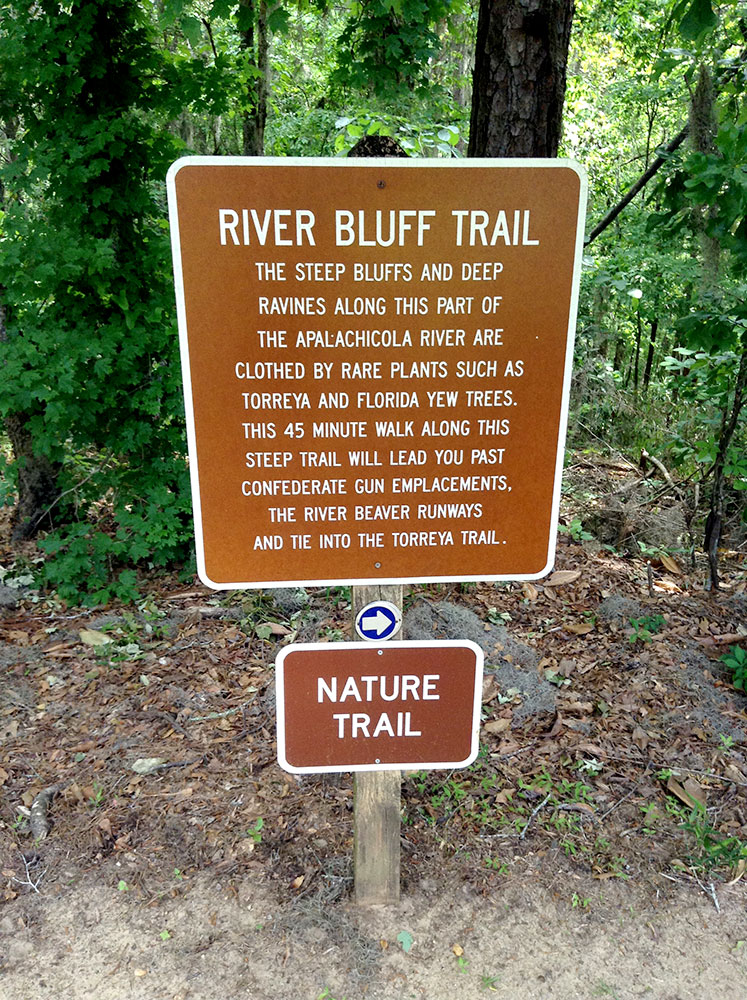
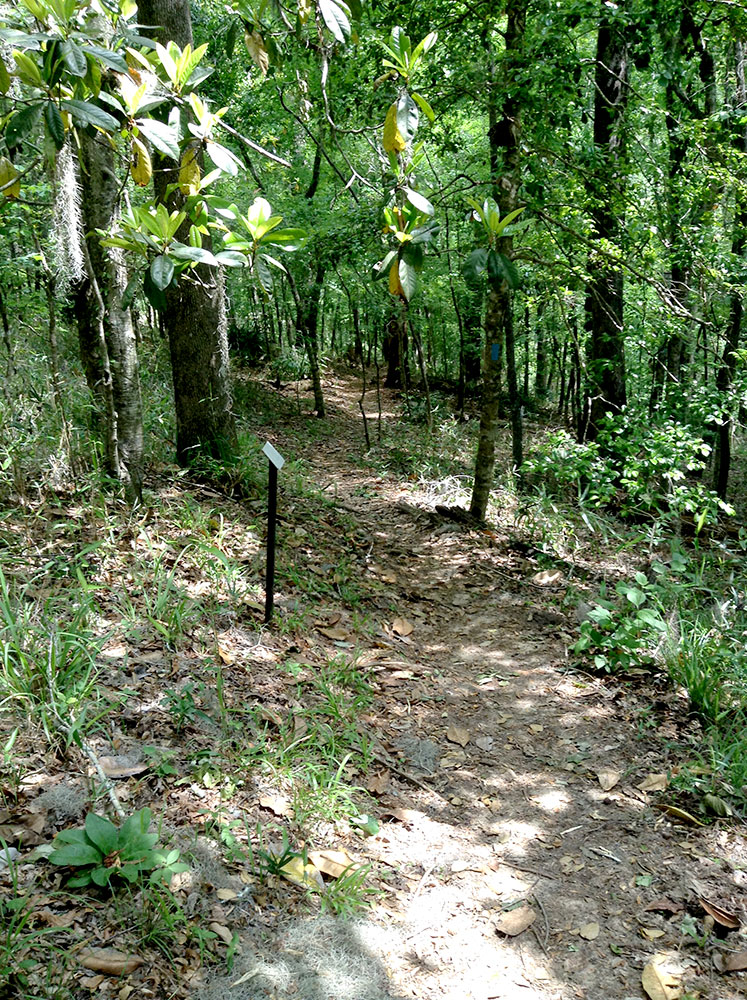
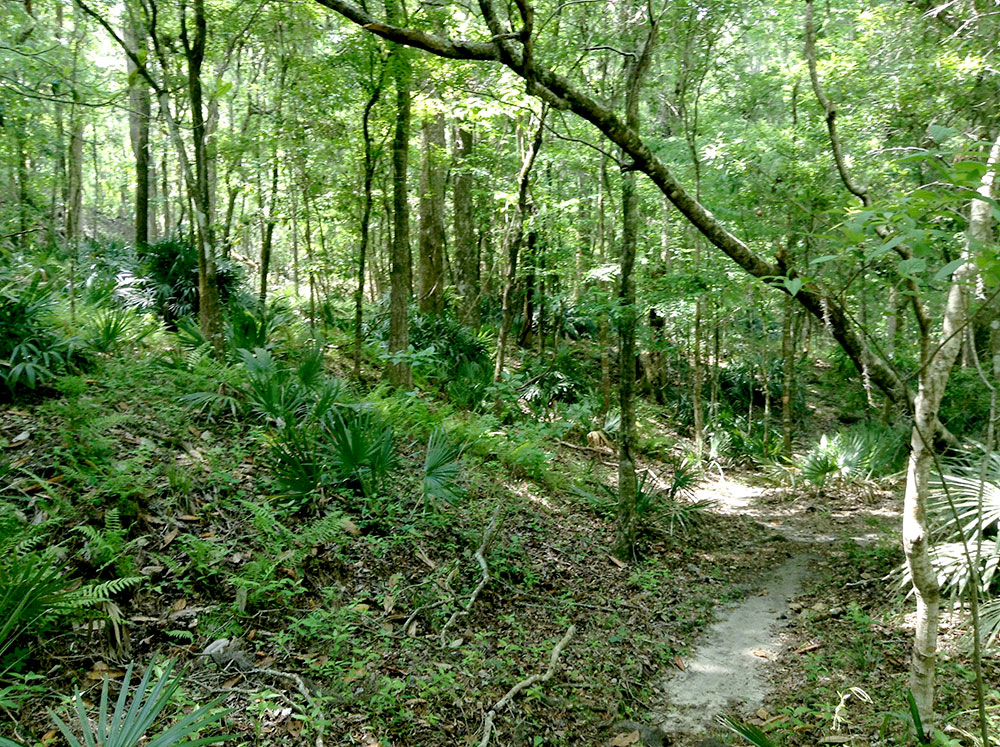
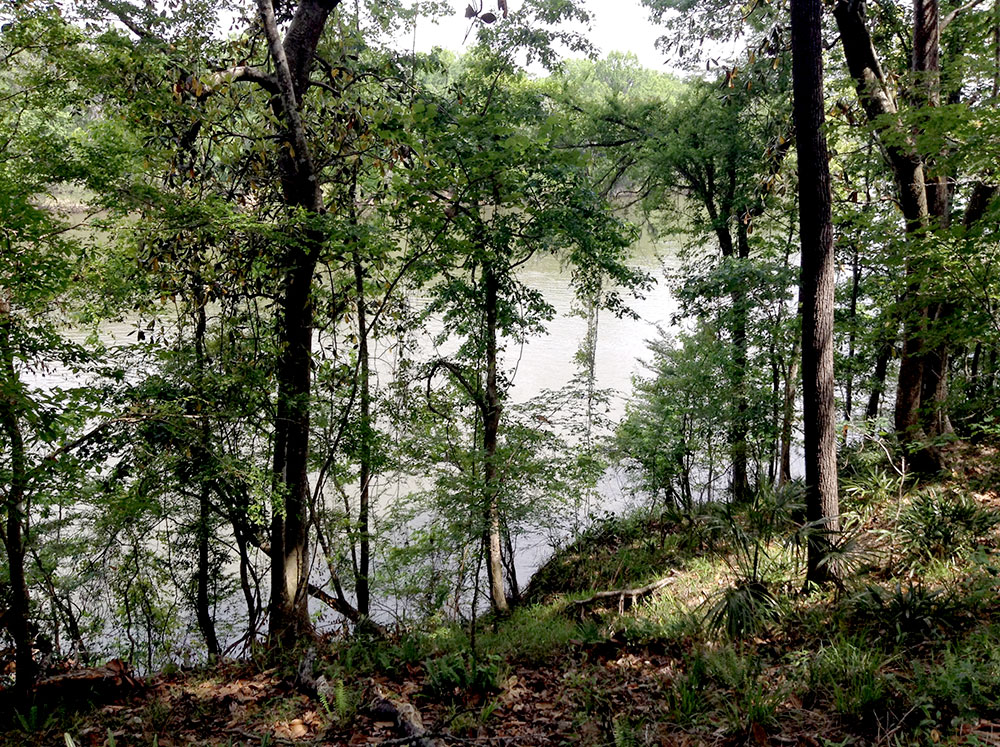
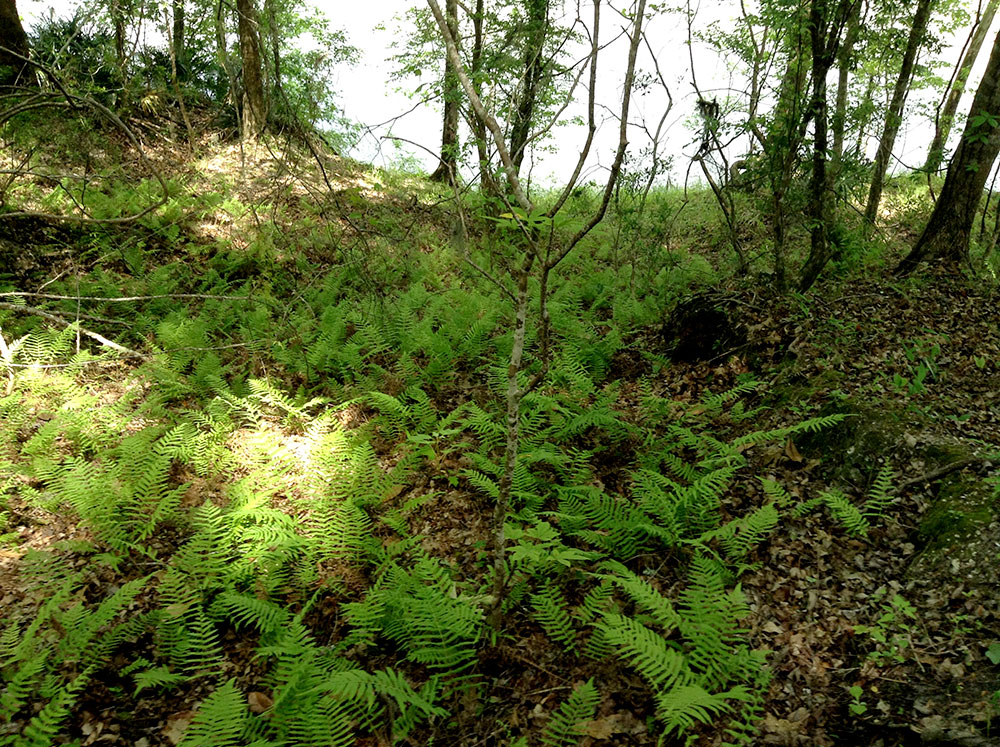
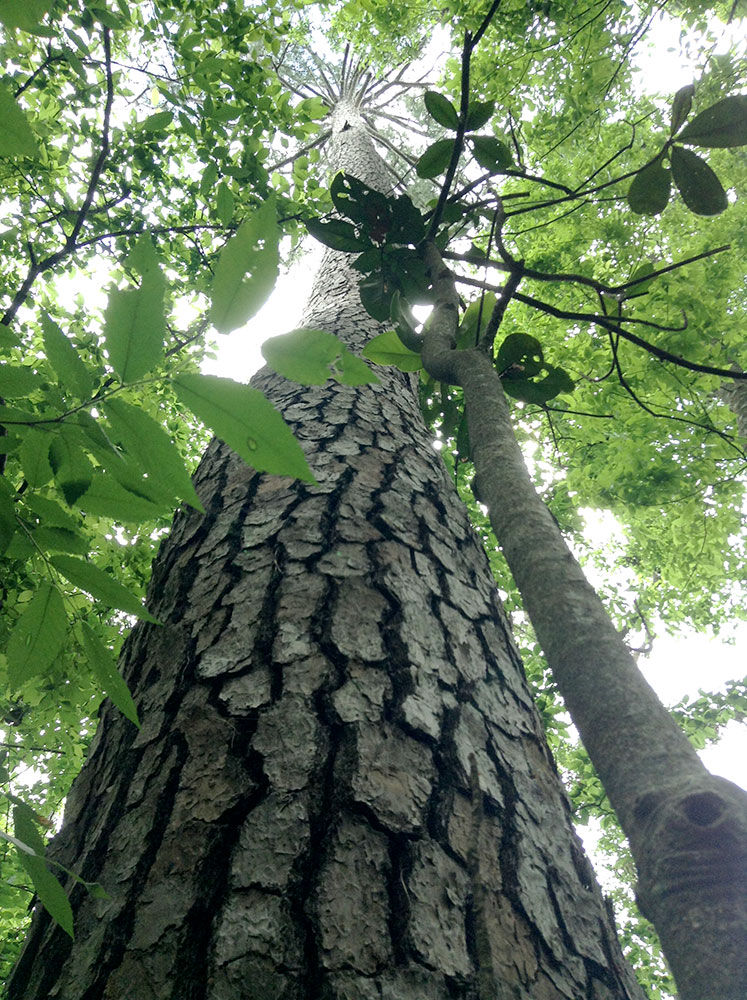
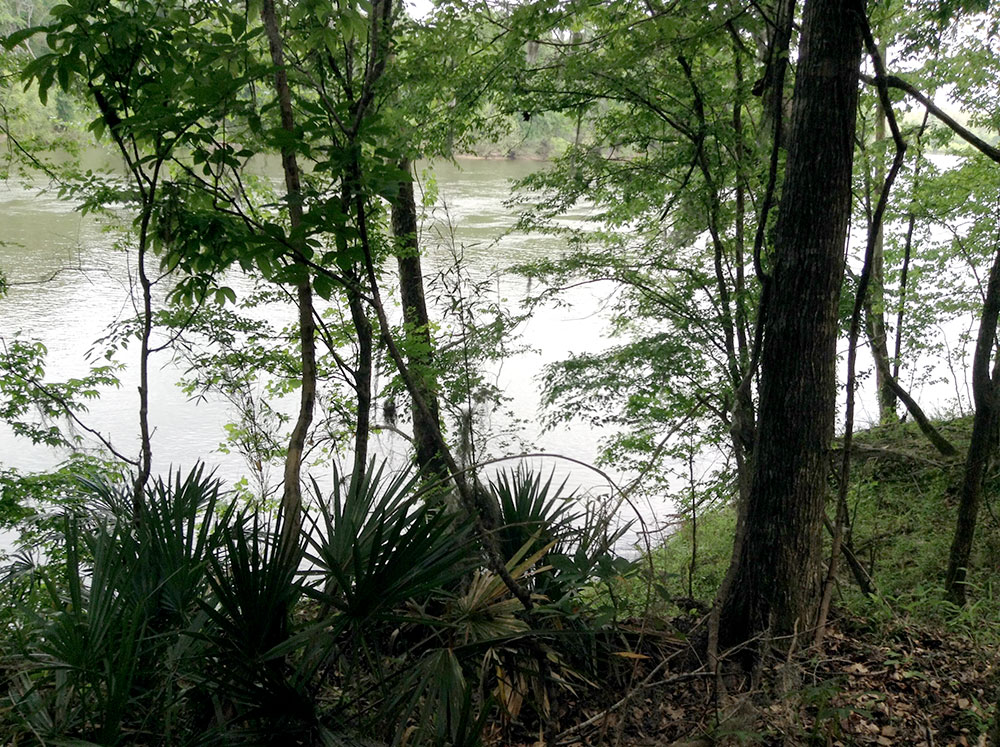
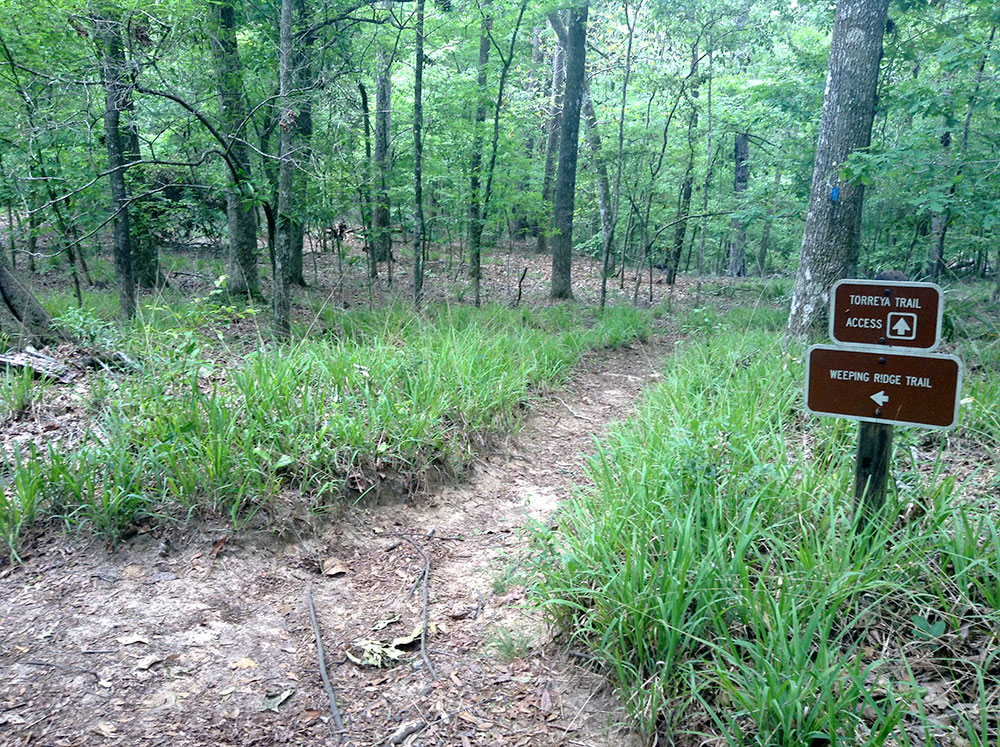
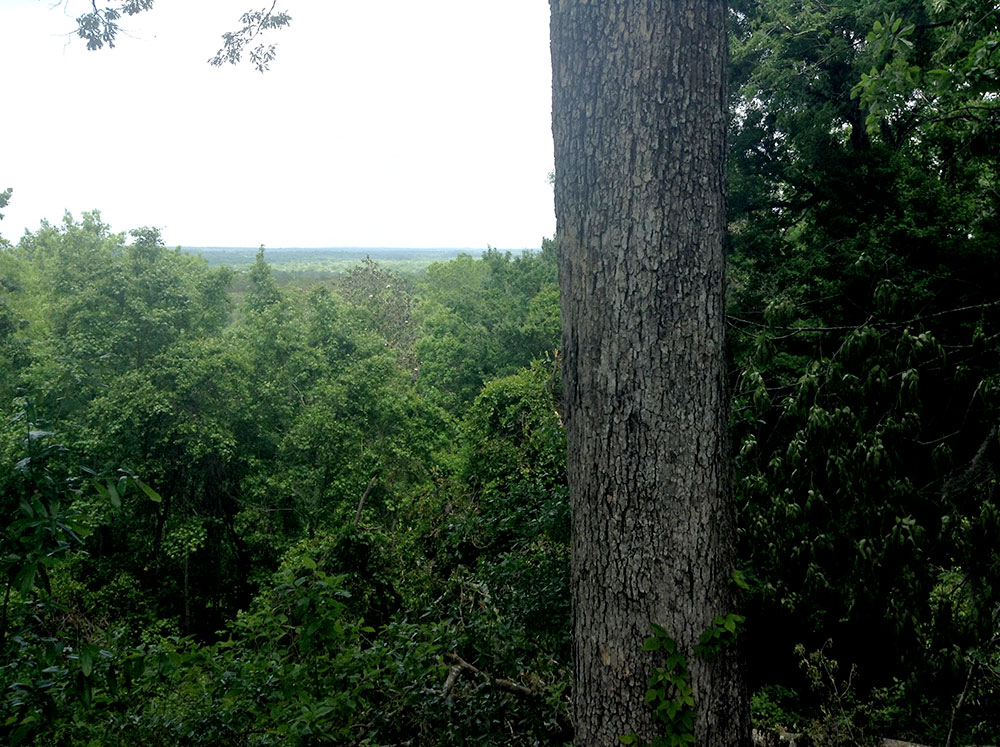
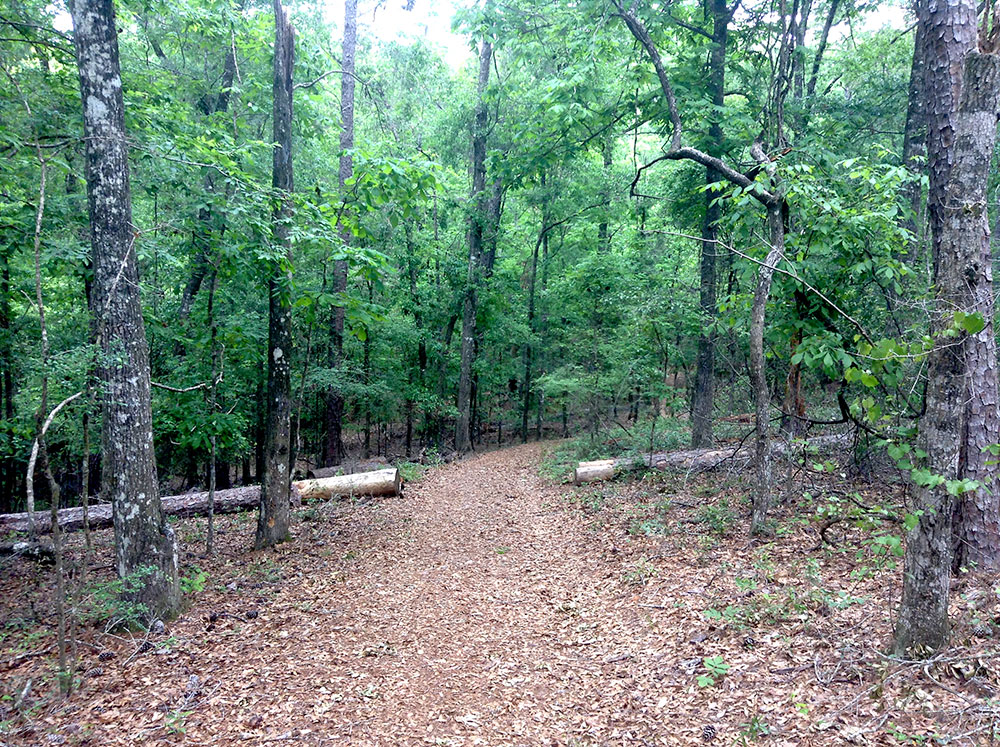
ABOUT THE AUTHOR
MICHAEL TALBOT
Student Author - Spring 2018




